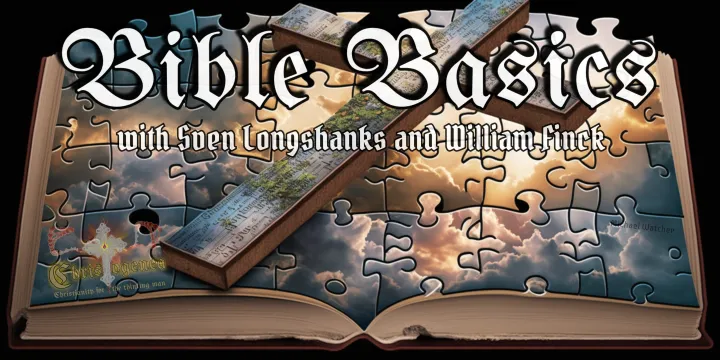A Conversation with Dennis Wise

This evening we are honored to have Dennis Wise here to speak with us. Dennis is the creator of many wonderful, cutting-edge and controversial documentary videos including Adolf Hitler: The Greatest Story Never Told, The New World Order: Communism by the Back Door, and lately, The Secret Masonic Victory of WW2 and How the World was Fooled. He hosts The Greatest Story Never Told at his own website, where a professionally-made DVD copy of that film and Communism By the Back Door can also be purchased. Both there and on his Youtube channel there is a large assortment of other videos which he has produced on related topics. Dennis’ critics slam him with astute observations such as “he is not a historian”, “he is not a famous filmmaker” and even “facts do not matter”. Only so-called “experts” going along with the status quo and Jewish media lies apparently matter. More recently, Dennis has also come to understand at least much of our Christian Identity view of Scripture and History.
UPDATE: On June 5th, 2019 Youtube cancelled Dennis' account, along with several others. See his websites for his many excellent productions:
https://TheGreatestStoryNeverTold.tv
https://CommunismByTheBackdoor.tv











 Please click here for our mailing list sign-up page.
Please click here for our mailing list sign-up page.








Recent comments